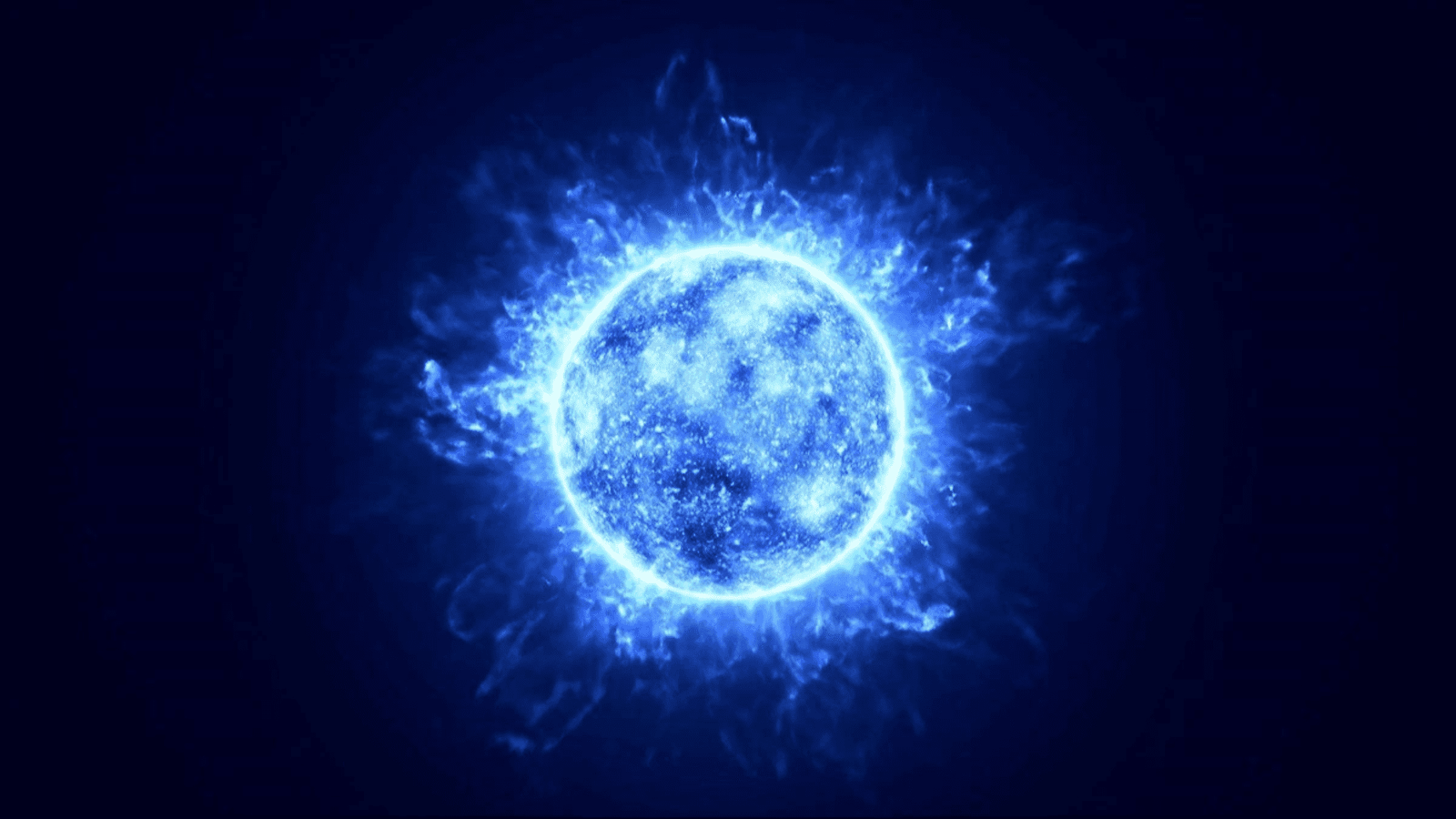WEB DESK: Massive stars usually end their lives in spectacular supernovas. However, some stars mysteriously vanish without a trace, puzzling astronomers. Recent surveys have noted stars present in older data that are now inexplicably absent. But stars aren’t like lost keys—they don’t just disappear. So where do they go?
Quiet Death of Massive Stars
An international team, led by astrophysicist Alejandro Vigna-Gómez, suggests some massive stars can die quietly without a supernova. Their evidence comes from a binary system named VFTS 243 in the Large Magellanic Cloud, consisting of a black hole and a companion star. This system shows no signs of the expected supernova explosion.
The Theory Behind the Quiet Collapse
“Were one to stand gazing at a visible star collapsing, it might seem like watching a star suddenly extinguish,” explains Vigna-Gómez. “The collapse is so complete that no explosion occurs, nothing escapes, and one wouldn’t see any bright supernova in the night sky.”
Observations of Disappearing Stars
Astronomers have observed the sudden disappearance of bright stars recently. While the connection isn’t confirmed, the analysis of VFTS 243 provides a credible explanation.
Supernova and Black Hole Formation
Typically, a star more than eight times the Sun’s mass goes supernova, ejecting its outer layers and forming a vast cloud of dust and gas. Meanwhile, the core collapses into a neutron star or a black hole. If the supernova explosion is uneven, it can kick the core into space. The ejected material dissipates, but the core’s movement leaves signs of its past.
Read More: Why Does the Earth Rotate?
VFTS 243: A Unique Binary System
VFTS 243 consists of a massive star about 7.4 million years old and 25 times the Sun’s mass, along with a black hole about 10 times the Sun’s mass. The black hole is inferred from the orbital motion of the companion star. The system’s nearly circular orbit suggests the black hole did not receive a significant kick from a supernova explosion.
Evidence for Direct Collapse
Researchers suspect that VFTS 243 supports the theory of direct collapse into black holes without a supernova. “Our results highlight VFTS 243 as the best observable case for stellar black holes formed through total collapse,” says astrophysicist Irene Tamborra. “It serves as a crucial benchmark for future research into stellar evolution and collapse.”







1 Comment